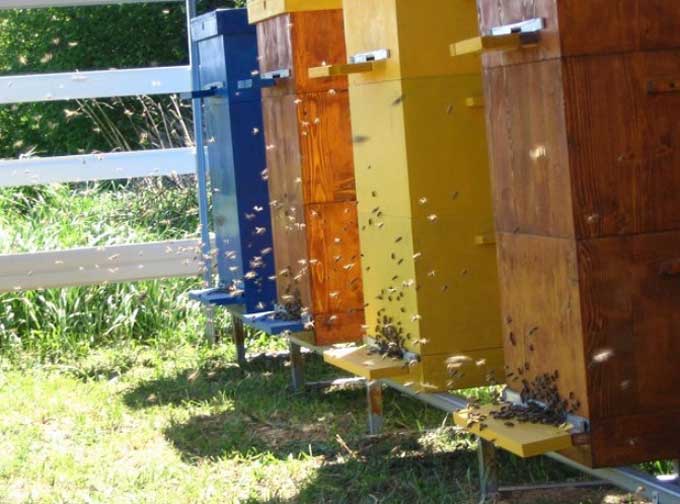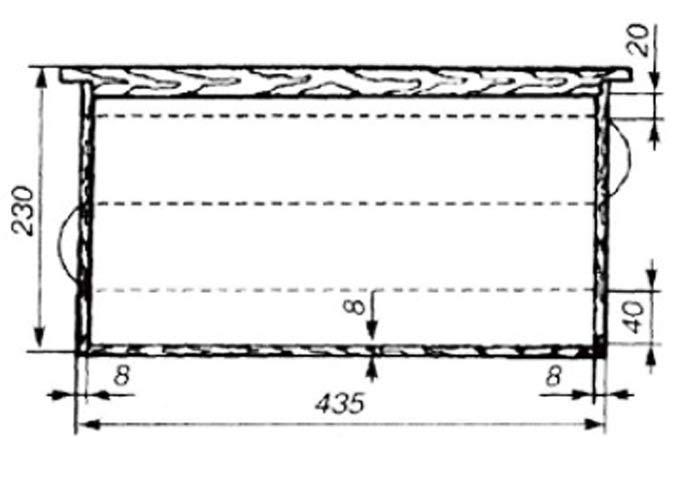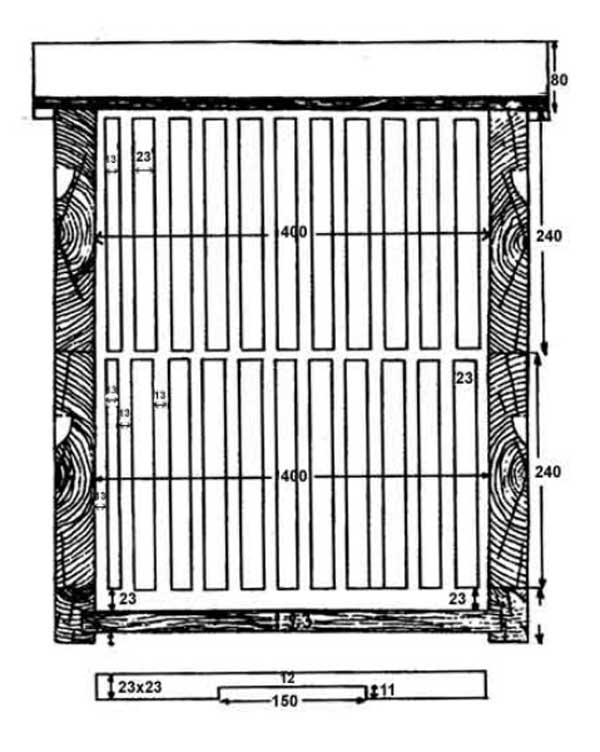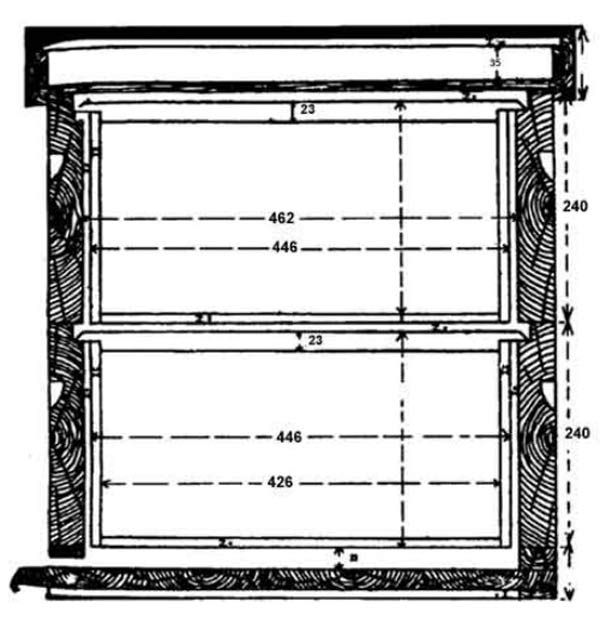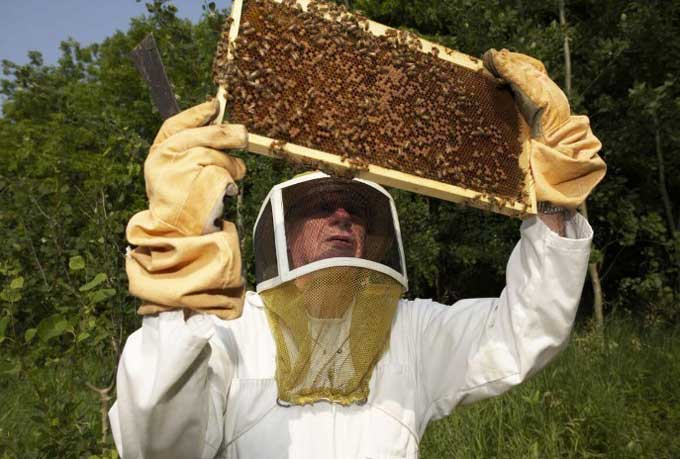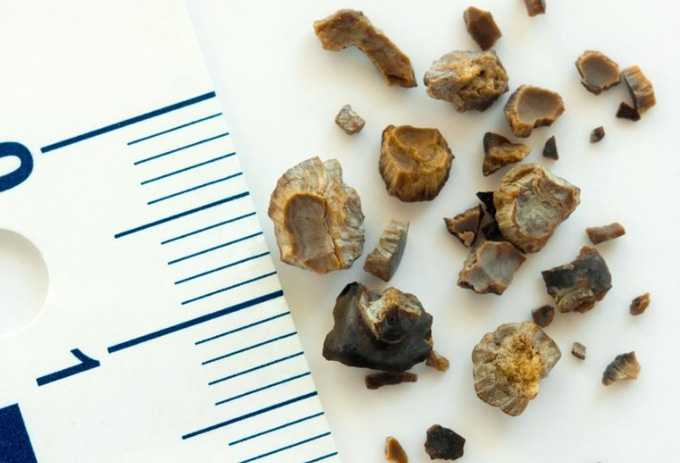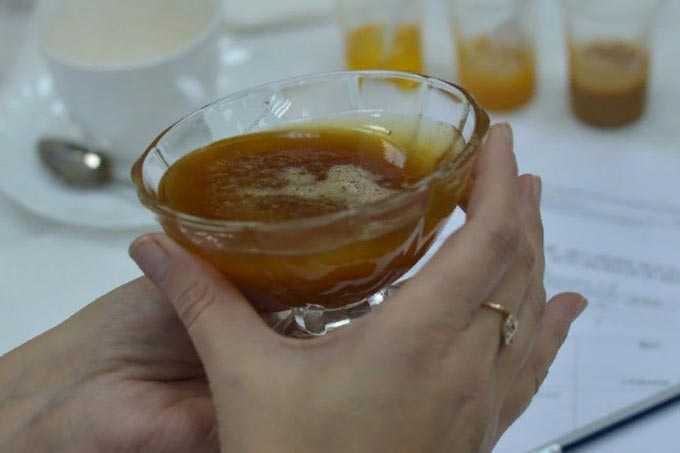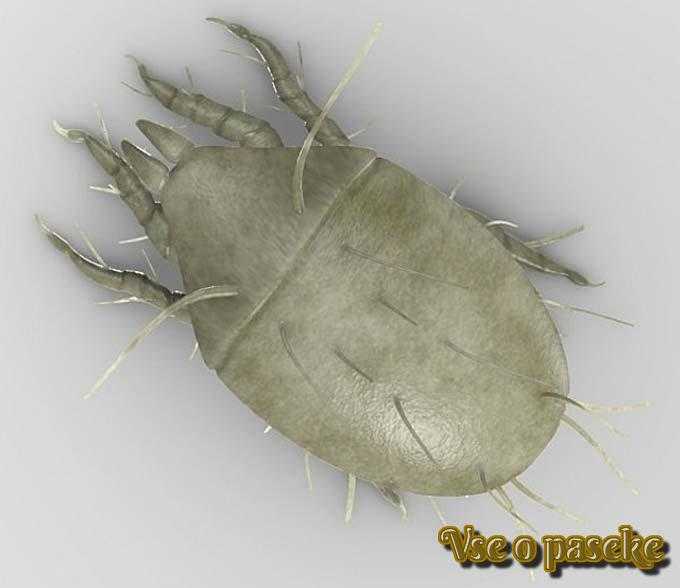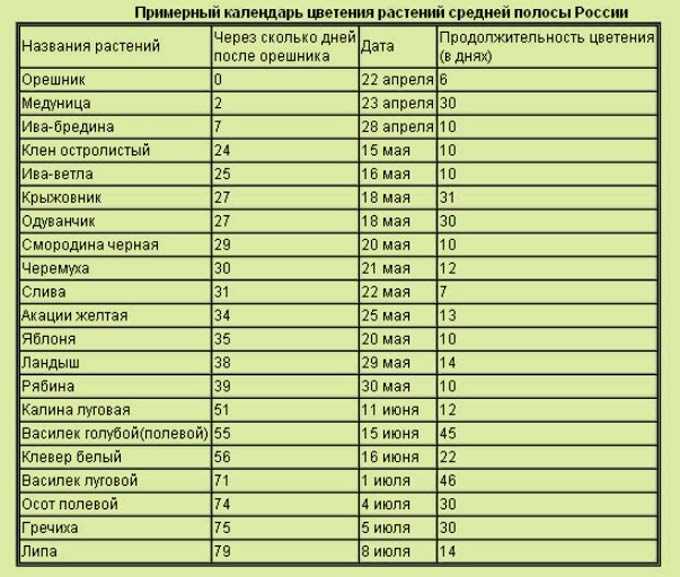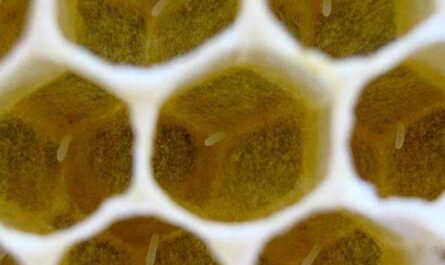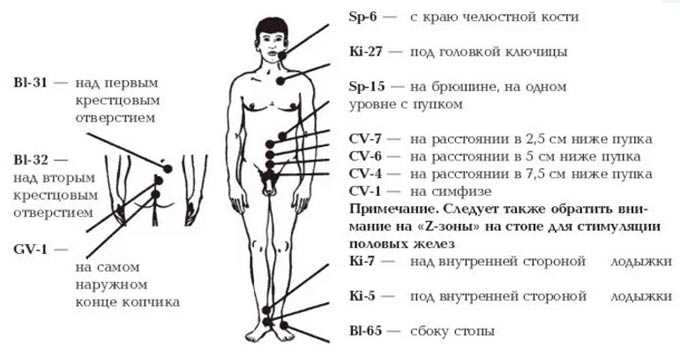The Root hive, widespread in modern beekeeping, was invented by two prominent American beekeepers at once – Lorenzo Loren Langstroth and Amos Ives Root. Therefore, it is more correct to call such a bee house the Langstroth-Ruth hive. However, among the beekeepers, a short name has taken root – Ruth or Rut’s beehive.
The content of the article
- 1 A bit of history
- 2 Advantages of construction
- 2.1 Modifications
- 3 Drawing and dimensions
- 4 Beekeeping technology
A bit of history
Langstroth is among the names of those figures who have made the greatest contribution to the development of beekeeping as a separate agricultural industry. He owns a revolutionary invention – an opening hive with movable honeycomb frames, without which the modern keeping of bees is inconceivable. And the written work Langstroth on the Beehive and the Honey Bee, published in 1853, went through more than 20 reprints.
After revision by a group of authors, each of whom was a connoisseur of beekeeping, the book entitled “The Beehive and the Honey Bee” was translated into all European languages. And the first edition of this revised book by Langstroth hit store shelves in 1946. In the USSR, the book was first published in 1969 thanks to the Kolos publishing house.
Amos Ives Root, based on the work of Lorenzo Langstroth, designed the well-known multi-hive hive. This beekeeper was also a recognized scientist. He penned the “Beekeeping Encyclopedia”, translated into many languages of the world.
The inventor retained a small-sized body and a shortened frame, but added a detachable bottom and a flat roof to the structure. The bee house became easy to maintain and Ruth successfully mass-produced it.
Advantages of construction
In addition to ease of use, Ruth has a number of advantages:
- this design is as close as possible to the natural habitation of bees in logs and hollows of trees;
- in the spring, the houses are easily cleaned of debris – just remove the bottom and replace it with a clean one;
- in spring, nests grow actively – families quickly expand upward;
- honeycombs are always placed at the top, which makes it easier to pump them out (no need to disturb the nest);
- there is enough space in the house for brood and forage reserves – bee colonies are strong and active in the warm season.
This design is easily adjustable in height, that is, the volume of the nest can be changed in accordance with the season. This opportunity is used for wintering and during the spring-summer growth of the strength of bee families.
Modifications
The improved Langstroth hive may vary in size depending on the thickness of the lumber used. It may also have additional ventilation holes, if this is due to the climatic conditions of a particular region.
In some cases, the owners assemble with their own hands a multi-case hybrid under the Dadanov frame – that is, the cases are designed for a honeycomb frame height of 300 mm instead of 230 mm recommended by Ruth.
From such modernization, the house becomes heavier and more inconvenient to work with. Therefore, such changes are justified only in apiaries with bee houses of different designs. In this case, Dadan’s honeycomb frames are suitable for both Dadan-Blatt hives and modernized Routes.
Drawing and dimensions
The outer dimensions of the structure depend on the chosen thickness of the boards.
The dimensions of the Ruta hive for 10 frames are as follows (in mm):
- all bodies inside – 400 in width, 462 in length and 240 in height;
- nesting honeycomb frames – 435 in width and 230 in height;
- two diaphragms – 460 in width, 230 in height and 12-14 in thickness;
- trench slots in the entire width of the house – are regulated by an insert and a turn of the floor in height from 9 to 23 millimeters;
- insert-bar – 23 in thickness with a cut of 150 in length and 11 in height (see below in the drawing of a cross-section of the hive).
The house is completed with three to five buildings, each containing 10 honeycomb frames, a detachable bottom, a solid ceiling and a cover. In the USA, there are beekeepers whose strong colonies occupy 7-8 tiers! Such nests, which are record-breaking in terms of volume, yield up to 240 kilograms of marketable honey per season.
The body folds are selected as follows:
- on the front and back walls – 8-10 in thickness and 16 in depth (after installing honeycomb frames, there is space under the ceiling for free movement of bees).
Do-it-yourself frames for Ruta hives can be assembled in the following dimensions (in mm):
- bars at the top – 470 in length, 25 in width, 20 in thickness;
- side strips – 230 in length, at the top in width 37, at the bottom in width 25, in thickness 10;
- bars at the bottom – 415 in length, 20 in width, 10 in thickness;
- hangers – 10 in thickness, 27,5 in depth (performed in the lower part of the upper bars).
Another assembly option is shown in the drawing:
A drawing of the Ruth hive for 10 frames with cross-sectional dimensions looks like this:
Longitudinal section drawing option:
The bottom is mounted in the form of a flap that slopes forward. For its manufacture, boards of 23 mm are taken, which are embedded in the grooves of two bars. At the same time, on the one hand, the bar protrudes above the floor by 23, and on the other by 9 millimeters. The lower tap hole obtained in this way can be adjusted with an insert in width. And turning the floor guard allows you to change the height:
- spring and autumn version – 9 mm (convenient for protection from thief bees and spring cleaning of the house by worker bees);
- winter and summer – 23 mm (for wintering and periods without a bribe, the gap is covered with an insert with a cut along the length of 150 mm, and in the summer it opens to enhance ventilation and convenience of honey collection).
The ceiling is assembled from planks stuffed onto a rail. A hole is left in the center of such a shield, which serves for the passage of insects and ventilation. Non-removable ceiling – it is mounted in one piece with a flat cover assembled from boards 10-15 mm thick. The gables are rectangular with ventilation holes, which allows you to cool the roof of the houses in the summer heat due to free blowing by the wind.
Note: If necessary, an insulating mattress and / or a feeder is placed in a store extension installed under a cover with a solid ceiling. There is no fold on the bottom of such an extension. To remove the store, a scraper chisel or a wide chisel is used. With their help, propolis is torn off.
Beekeeping technology
It is believed that the Rutian design of the bee house is as close as possible to the natural habitat of honey bees in tree hollows. In nature, these insects expand the nest upward.
A similar event is carried out by the beekeeper – by gradually installing new buildings, he makes the bee colonies grow in a vertical plane. The most difficult part of this expansion is the need to regularly change the position of the housings. On average, this happens every two weeks.
Considering the height of the hive and the workload of each section with frames, the process requires a lot of physical strength from the beekeeper. In most cases, you have to work with a partner to eliminate stress on the spine and ensure sufficient efficiency.
We draw your attention to the speed of rearrangement of the bodies. In the conditions of the northern regions, it is of decisive importance! Any delay can lead to hypothermia of the brood and young stock, and this will certainly affect the health of the bees and the increase in the strength of the bee colonies.
Keeping bees in Ruta hives is a classic beekeeping in multi-housing hives. We examined in detail all the work, starting from spring and ending with the leaving of bees for wintering.
You can familiarize yourself with important and useful information on the topic in our article: Multihull hives – secrets of keeping bees
From it you will learn about all stages of expansion, pumping out honey and preparing forage for bee colonies, autumn shrinking and wintering, spring inspection, combating swarming and creating layering. The technology of beekeeping in Ruta hives, as a multi-hull keeping of bees, is disclosed in this article in all possible completeness.
Bee houses, assembled according to Ruth’s drawings, are compact in size. They are easily installed on roaming platforms, despite their height. Also, small-sized structures of this type take up little space in the winter house. After the autumn reduction of nests, the houses become lighter – they are easier to transfer and place in a new place.

